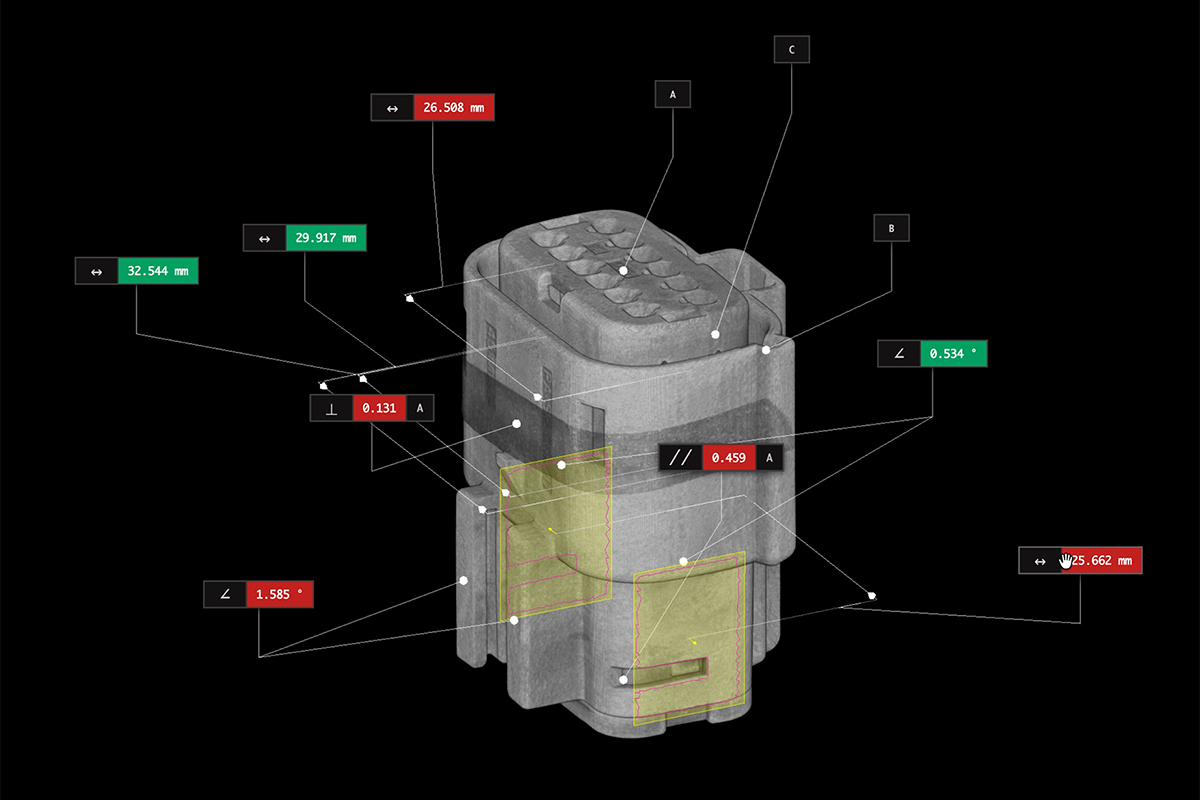Webinar: Battery inspection with automated industrial CT
Batteries are increasingly integral to our daily lives, powering everything from smartphones to electric vehicles and life-saving medical devices. With the global lithium-ion battery market size constantly expanding, the demand for reliable, safe batteries has never been higher. However, batteries come with serious risks, including the potential for thermal runaway and explosions. This makes advanced inspection techniques more critical than ever.
This webinar hosted by Battery Technology and Lumafield delves into how CT scanning offers a safe and non-destructive way to inspect batteries, providing invaluable insights into their internal structures and potential defects.
Battery applications
Unlike traditional inspection methods, CT scanning allows for a detailed, three-dimensional view of a battery's interior, without the need to disassemble it. This capability is crucial for identifying defects that could lead to battery failure or safety issues including:
- Electrode misalignment: Detecting misalignments between the anode and cathode layers that could affect battery performance and safety.
- Anode overhang: Measuring the extent of anode material extending beyond the cathode, which is crucial for preventing short circuits.
- Separator integrity: Checking for wrinkles, tears, or misplacements in the separator that could lead to internal short circuits.
- Tab weld quality: Inspecting the welds connecting battery tabs to the electrodes for porosity, inadequate fusion, or other defects that could compromise electrical integrity.
- Foreign material detection: Identifying unwanted materials inside the battery, which could cause short circuits or degrade performance.
- Electrolyte distribution: Assessing the uniformity of electrolyte distribution within the cell, which is vital for consistent performance.
- Internal short circuits: Identifying potential internal short circuits that could lead to battery failure or thermal runaway.
- Cell and module assembly: Verifying the correct assembly of battery cells into modules, including the alignment and connection of cells.
- Density variations: Detecting variations in material density that could indicate manufacturing defects or degradation.
- Porosity in electrodes: Identifying porosity within the electrode materials that could affect battery capacity and longevity.
- Structural integrity of casing: Checking the battery casing for cracks, deformations, or other structural issues that could lead to leaks or external short circuits.
- Thermal runaway precursors: Identifying conditions within the battery that could lead to thermal runaway, such as damaged electrodes or separator breaches.
Explore the CT scan of a 21700 lithium-ion battery below. In the Voyager window, you can toggle between 3D and 2D views of the battery along the X, Y, and Z axes to visualize its internal layers.
Inspection across the battery lifecycle
From research and development through to production and quality control, Lumafield's user-friendly Neptune scanner allows engineers to refine designs based on comprehensive high-quality data. In production, CT scanning serves as a critical quality assurance tool, enabling manufacturers to verify the integrity of each battery before it leaves the factory. CT intervention at each stage of the battery lifecycle not only ensures the production of safer batteries but also contributes to the advancement of battery technology as a whole.
Lumafield’s CT platform offers advanced AI and automation capabilities trained on large datasets to identify and classify a range of problems within battery cells. By automating defect detection, Lumafield significantly reduces the time and expertise required to analyze CT scan data, further streamlining the inspection process.
Lumafield’s Triton system provides a high-throughput solution for in-line inspection environments. Triton automates not only the scanning process of part loading and unloading but also the analysis of scan data, offering real-time quality assurance during battery production. The combination of AI and automation in CT scanning technology opens the door to 100% inspection, ensuring that every battery meets strict safety and performance standards before it leaves the production line.
Conclusion
As batteries continue to evolve and improve, ensuring their safety and reliability will remain a top priority for industry leaders. With industrial CT, battery manufacturers are equipped to meet this challenge head-on, paving the way for safer, more efficient, and more reliable batteries.










